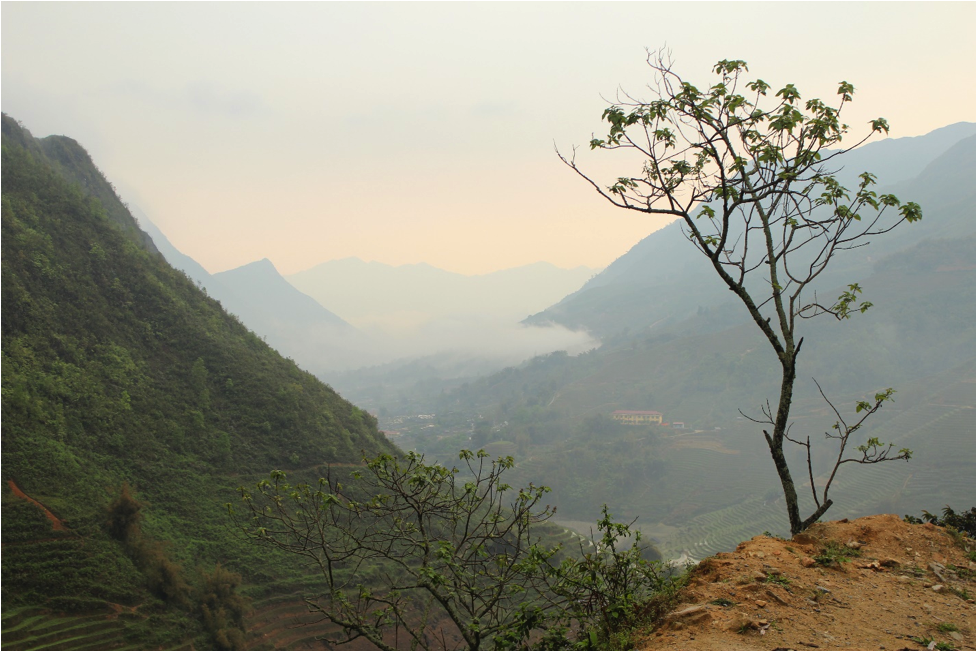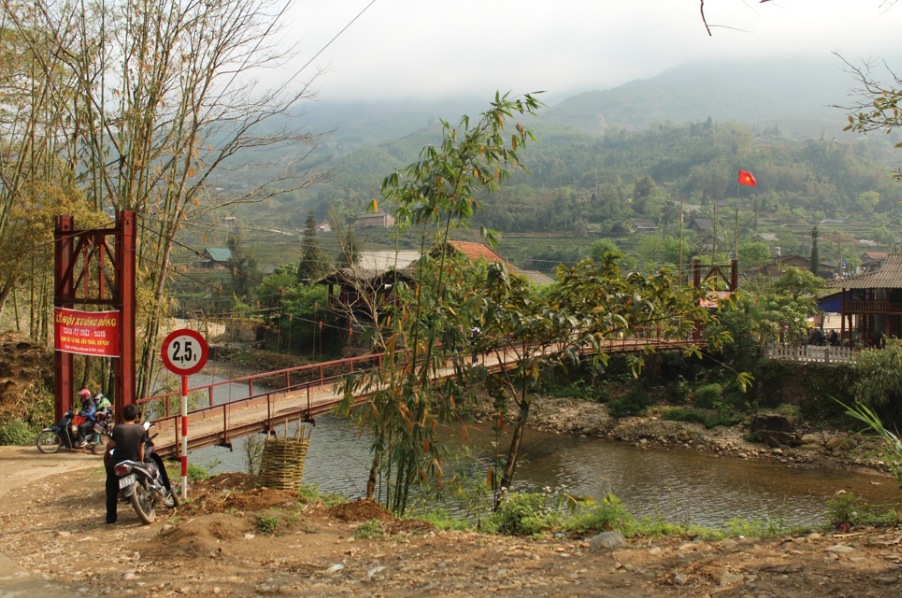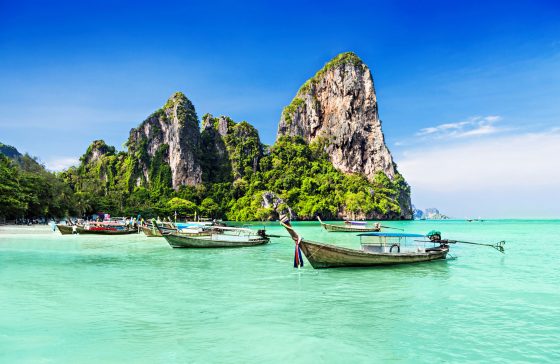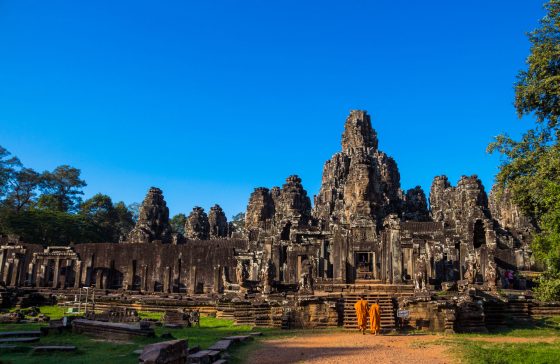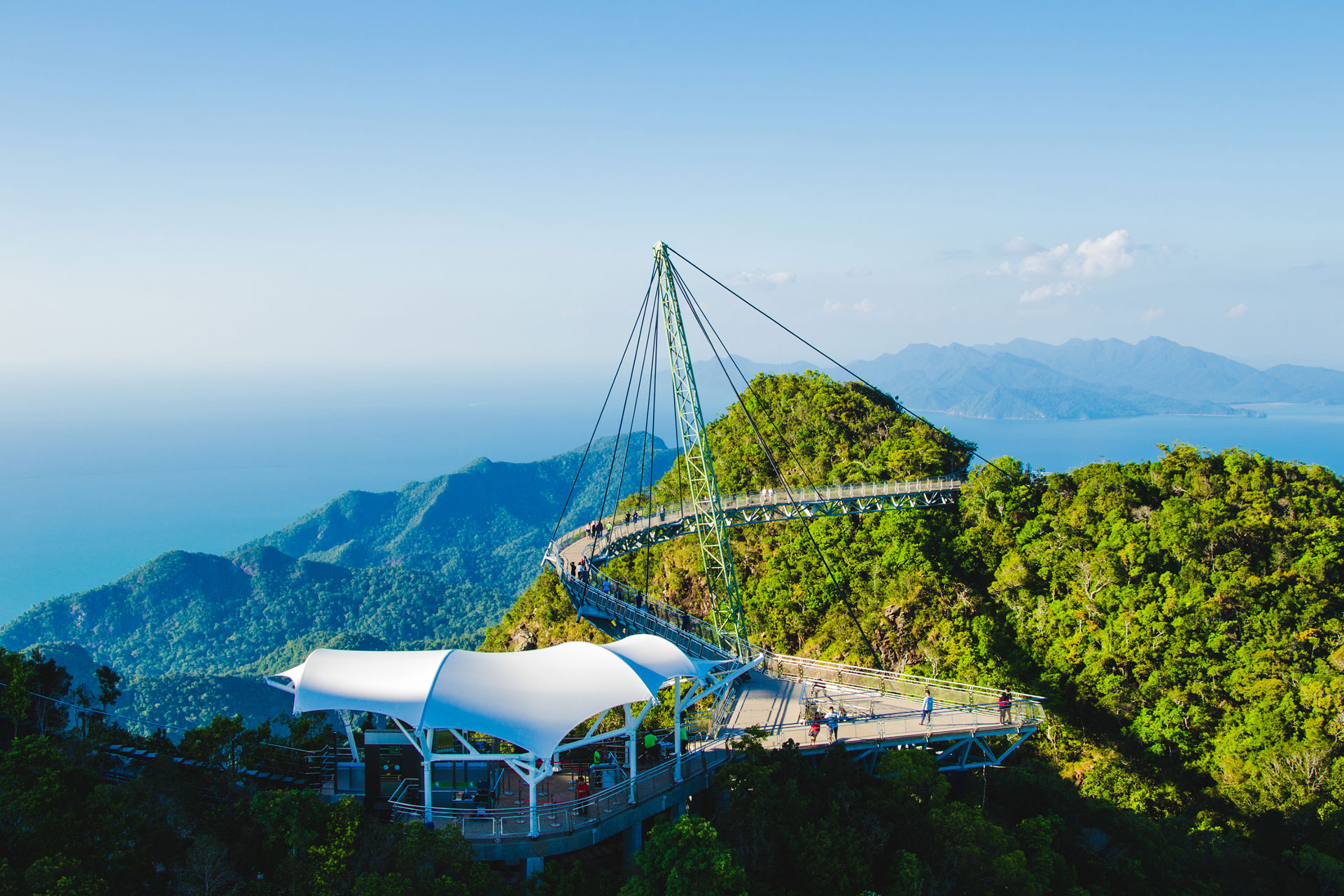Keeping quietly to itself in the north-western tip of Vietnam near the Chinese border is Sa Pa, a frontier town which boasts breathtaking scenery, long-standing traditions that survive to this day, and a variety of ethnic groups that come together to create a beautiful, unique part of the country. If you’re considering Vietnam travel, dive in and do it.
Sa Pa (or Sapa, depending who you ask/what you read) town is situated in the highest of Vietnam’s valleys in the shadow of the country’s highest peak, Phan-Xi-Pang. The location results in dramatic scenery characterised by fog-engulfed mountain peaks, rice paddies that morph from one colour to the next through the year, and weather patterns that make it entirely possible to experience four seasons in one day.
Sa Pa was never colonised by the lowland Vietnamese, which is one factor in what makes it so different from the rest of the country. The area was first inhabited in the 15th century (experts think – that’s how mysterious and alluring this district is) before minorities including the Hmong, Yao, Giay, Pho Lu and Tay groups came, and have remained. The different ethnic groups are easily distinguishable by the traditional, often brightly-coloured clothing they still wear.
The district’s story has been turbulent, with French and Chinese occupation at different stages. It was the French who colonised the area in 1922, a fact still obvious in the French Colonial architectural style throughout the township. The area was actually only born as a tourism destination in 1993, when it became possible for foreigners to visit.
Since then Sa Pa has become a staple on most Indochina and Vietnam tours, but still much of the mixed culture remains and though you will see plenty of other visitors, it is a peaceful place with its own character.
There is no point coming to Sa Pa to keep confined to the town – it is the spectacular vistas, and mix of ethnic groups and customs that make Sa Pa worth your time. The best way to do the area justice is by hiking, so be ready for an active visit to make the most of your stay.
You can see plenty on a one-day guided tour, but of course the longer you choose to stay, the more you can take in. Exploring on your own is difficult – even the local tourist information office doesn’t offer maps for the more adventurous visitors, and at particular times of year venturing forth yourself on the slippery, unfamiliar tracks is downright dangerous.
If you are not already on a tour when you visit, booking a spot on a guided hike is highly recommended. You will get a lot more out of it, learning about the area’s agriculture, history and traditions, as well as the security of knowing you won’t tumble down a steep hill into the thick, enveloping fog that travels faster than the most reckless drivers found in Vietnam.
Most visitors choose to visit directly from Hanoi, booking a bed at a reasonable price on the overnight sleeper train, which stops in nearby Lao Cai. From there you can hop on a minivan for the winding drive up to Sa Pa. Alternatively, overnight buses run directly from Hanoi to Sa Pa.
Courtney Gahan is a serial expat, traveller and freelance writer who has bartered with Moroccan marketeers, seen the sun rise at Angkor Wat and elbowed her way through crowds on NYE in NYC.

